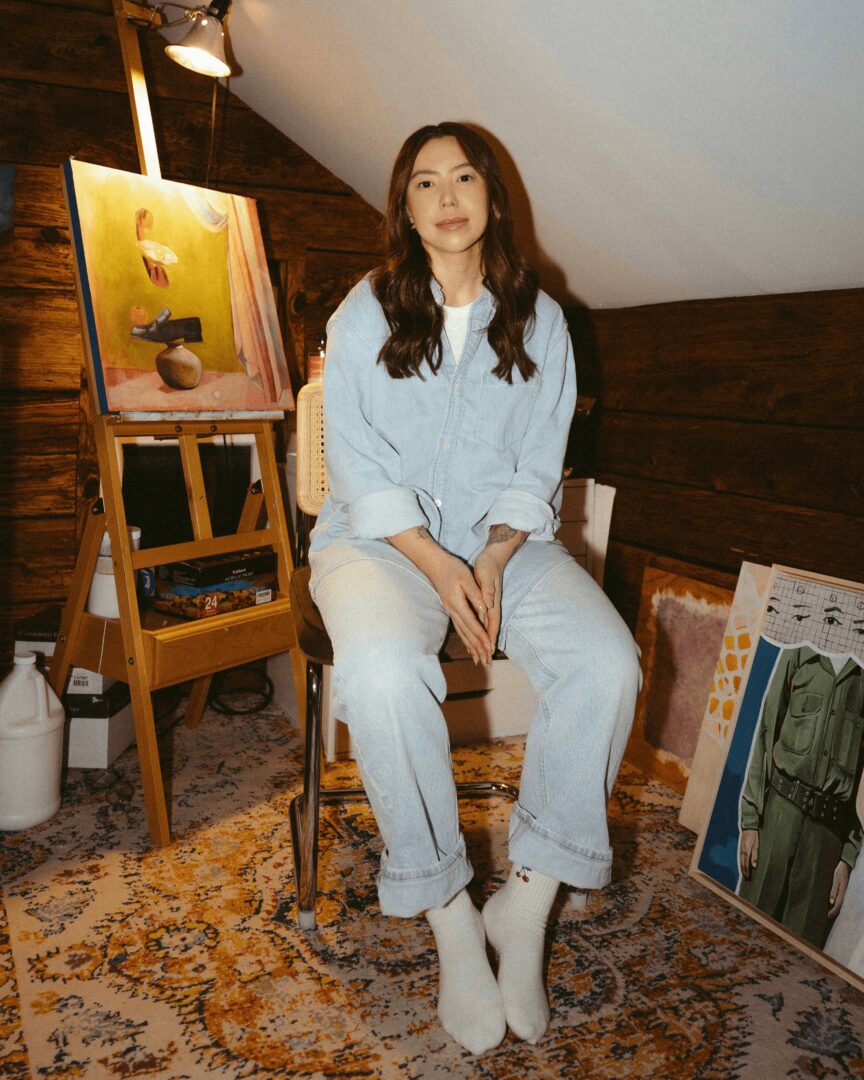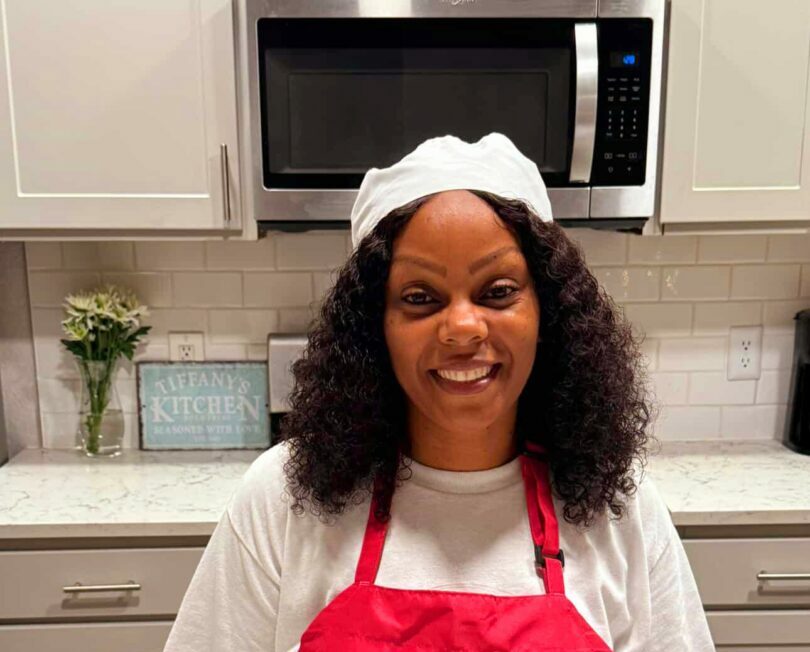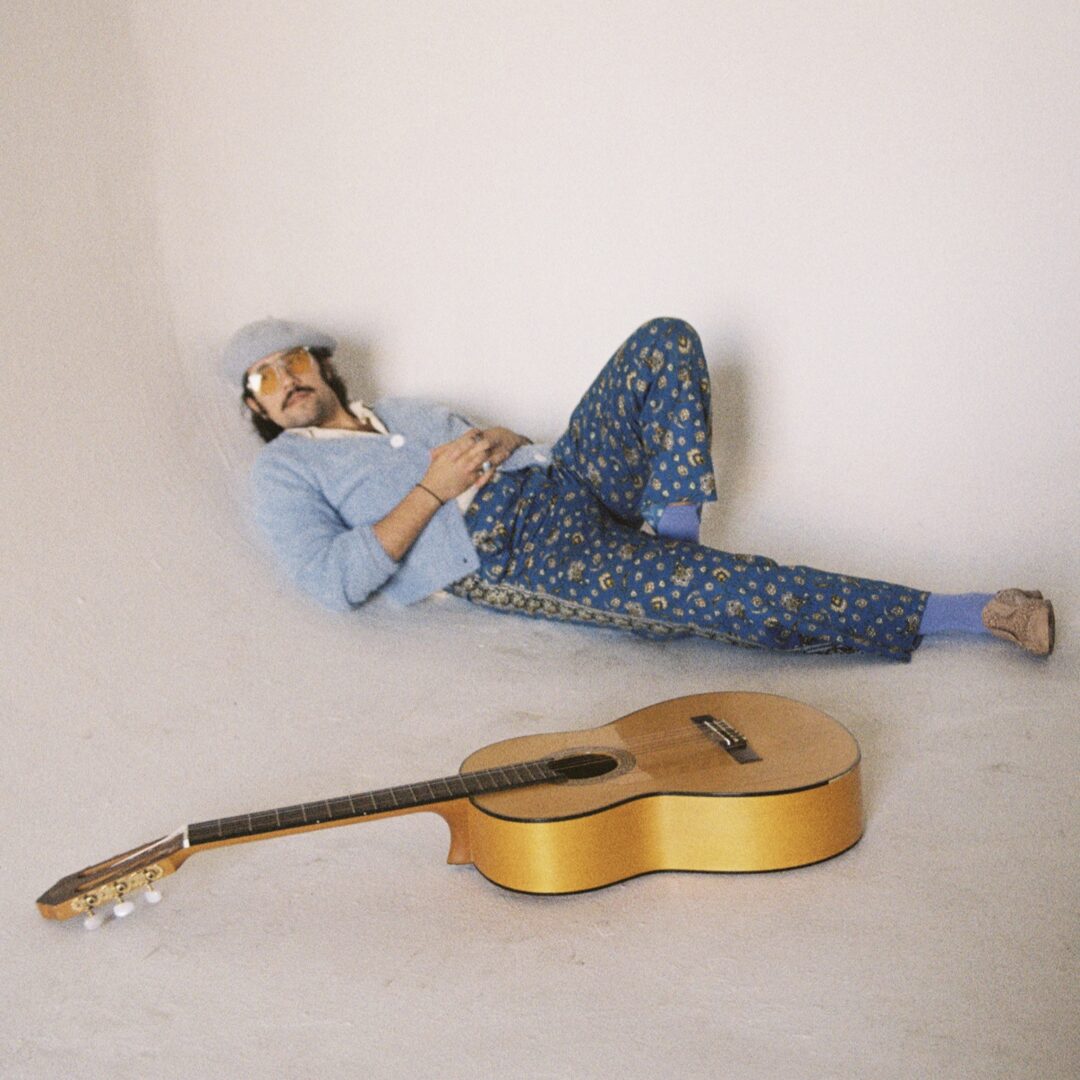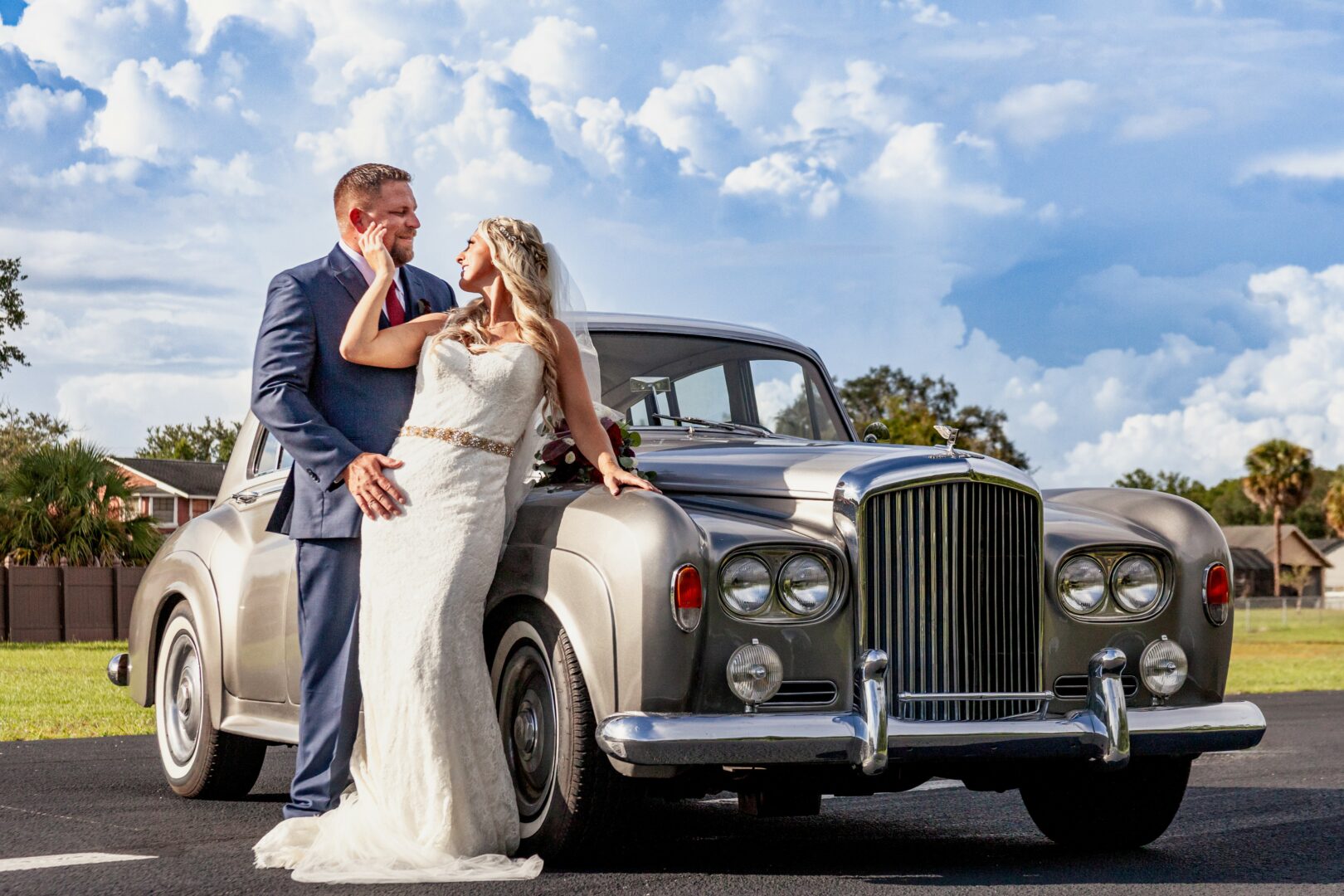Alright – so today we’ve got the honor of introducing you to Amie Bantz. We think you’ll enjoy our conversation, we’ve shared it below.
Hi Amie , appreciate you sitting with us today to share your wisdom with our readers. So, let’s start with resilience – where do you get your resilience from?
One of my mom’s earliest memories of America is stepping off the plane from South Korea when she was nine. She wore a matching plaid skirt and top, clutching a fabric-wrapped block of miso, and mistook the airport escalator for a roller coaster. The next day, she was put on a school bus to an American elementary school, carrying a red lunchbox stuffed with kimbap she didn’t eat because she was too embarrassed. Kids made fun of her eyes, her accent, and the foreign words she used when she tried to say hello. She was given cassette tapes that repeated English words, and she sat with them, listening over and over until the language became her own. She never outgrew the memories of kids taunting her on the playground. As an adult, she’s still self-conscious of her Korean accent. And yet, at 55, she earned her teaching certification and now stands at the front of classrooms filled with children who look like the ones who once bullied her.
Any child of an immigrant parent understands that resilience isn’t just learned—it’s inherited and molecular. My mom’s story is one of many. Her experience and the experiences of other Asian-American immigrants inspired my 2021 installation, ‘Lunchbox Moments,’ a display of lunchboxes painted with stories about eating traditional Asian lunches in a school cafeteria and the negative reactions that often follow suit. The installation was a reflection of how food, culture, and identity are deeply tied—and how moments of isolation can transform into collective resilience. I often don’t want to be resilient, the alternative is easier. But in those moments, I rely on the examples of bravery around me and before me and try my best to emulate them. Whether it’s ideating on and building an installation or painting something over and over until I get it right, I think about my mom listening to those cassette tapes, repeating each word—a reminder that resilience is built in quiet, unseen repetitions.
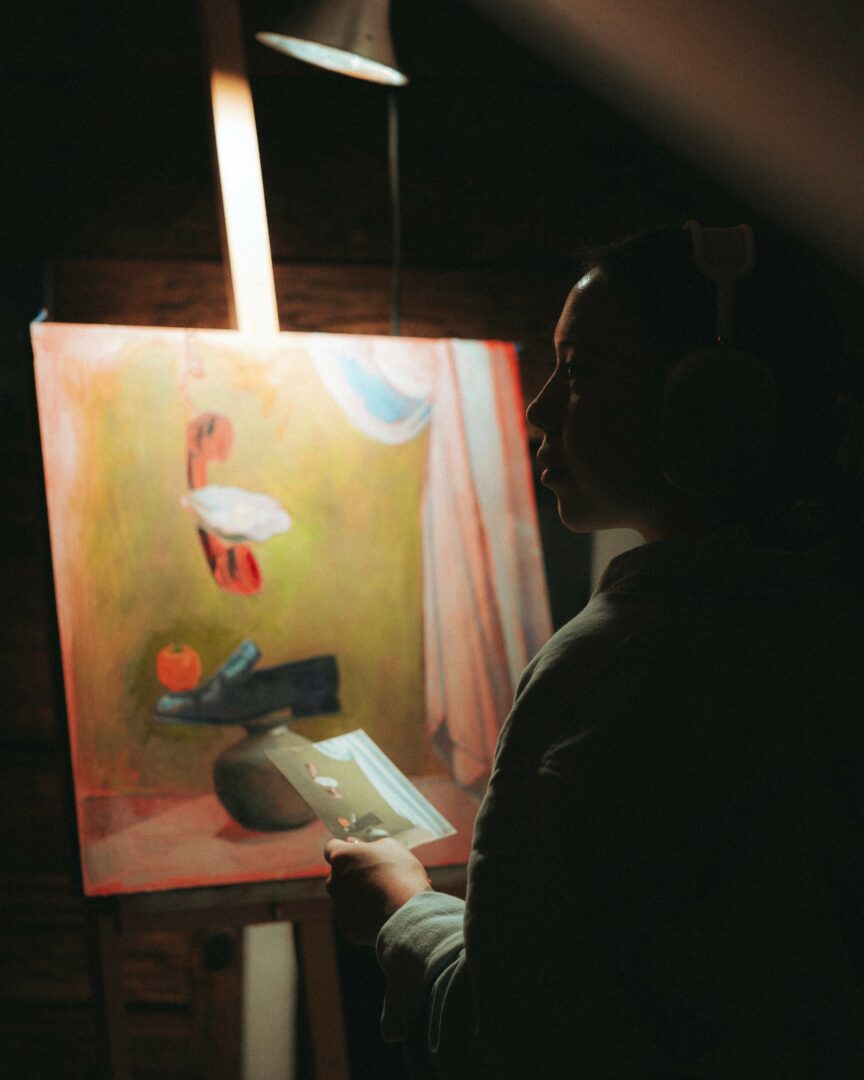
Thanks for sharing that. So, before we get any further into our conversation, can you tell our readers a bit about yourself and what you’re working on?
My story begins with my family’s story – a tale of Asian-American fusion at its finest. My mom is an artist, educator, and immigrant from South Korea. My dad, a biomedical engineer, watch-maker, and small-town cattle farmer. My parents singularly and collectively defied expectations—my dad left his rural hometown to seek something greater, my mom pursued art (a big deal in a Korean immigrant household, especially in the 80s), and their interracial marriage raised some eyebrows. They embraced new opportunities whenever they found them. That meant my sister and I grew up moving around from the hubbub of Chicago and Baltimore to the quiet of Minnesota and New Hampshire. Their influence—along with the experiences of my upbringing—shaped both the work I do now and every step that led me here.
Constantly the new kid, I learned to adapt quickly, but I also had stretches of time before building a community or making friends. In those in-between moments, I befriended Nancy Drew and a set of art supplies. My parents reserved TV as a weekend luxury, so I had ample time after school and during summers to create and read. The same is true today, but I’ve replaced my favorite mystery series for manuscripts, the woods for my home office, construction paper for Adobe Photoshop, and my role as a carefree kid for ‘Art Director’ in educational publishing. The road to my current role involved a lot of pivots, new starts, and relying on the adaptability I learned from moving around as a kid. When I think of how I got here I don’t only think about my six-year-old self—I think of all the past versions of myself: high school art teacher, line cook, graphic designer, muralist, grants writer, caterer, museum educator, grad student, freelancer. Each of those roles shaped the way I see the world and the work I do now.
Most of my artwork has always been a way of processing my experiences. Being mixed-raced, moving often, navigating spaces where I didn’t fully fit in. I rarely saw or read about characters who looked like me growing up, which is why I care so deeply about the images I now work to procure for educational materials. I love ensuring that the visuals kids see in school reflect a world that is diverse, nuanced, and inclusive. I love that I work on products that help kids learn to read, and I hope the materials I help create make them excited to learn and give them a chance to see themselves in their curriculum.
Outside of my career, I’ve kept my lifelong habit of creating. Today, my artwork explores my observations as an adult, specifically as a mixed-race Asian woman living in America—still searching for clarity, still making sense of the world around me, just as I did when I was younger.
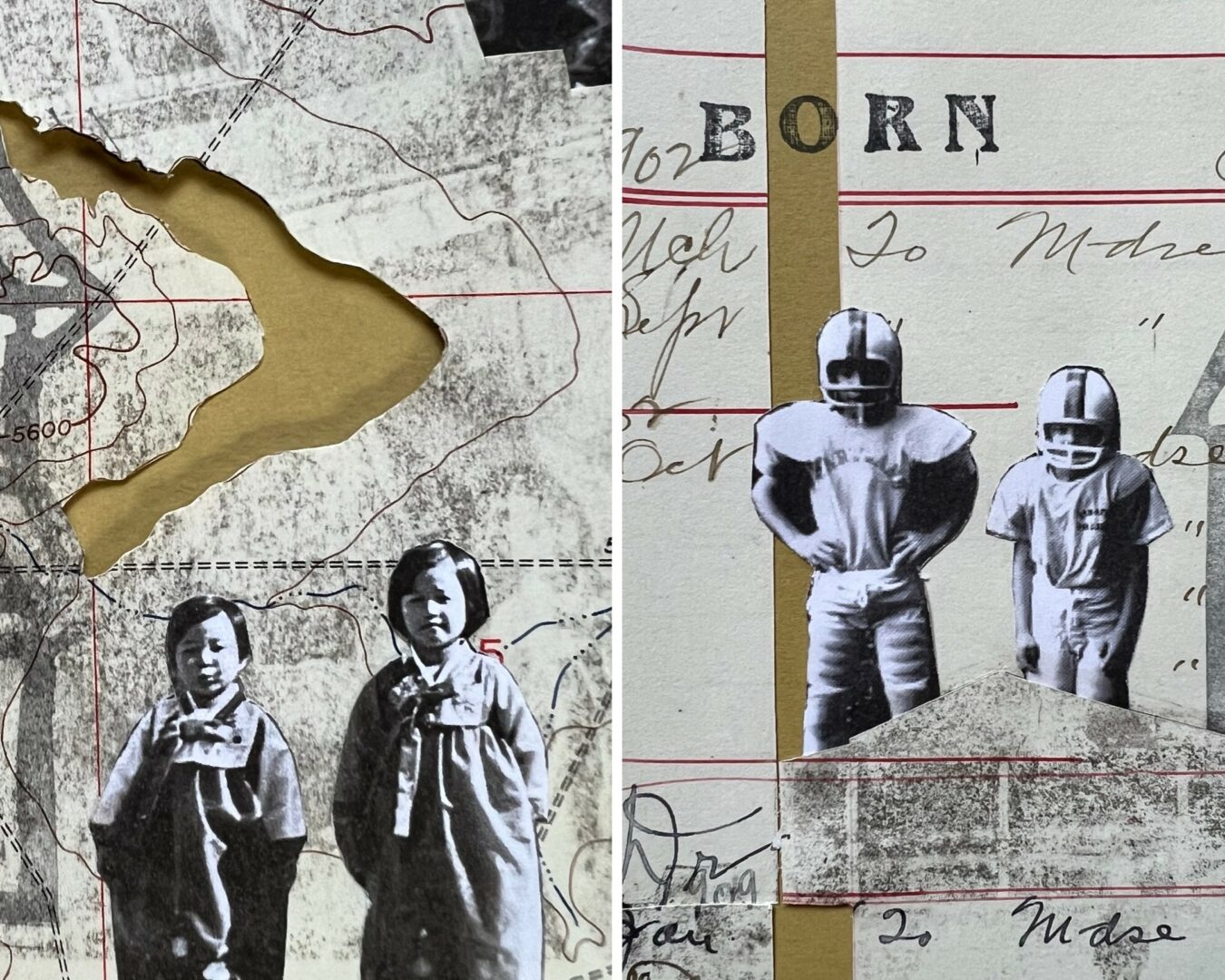
If you had to pick three qualities that are most important to develop, which three would you say matter most?
Looking back, regardless of my age—whether I’m 6, 16, or 26—the qualities that have stood out like pillars in my journey are discipline, adaptability, and joy. I’ve learned discipline isn’t only about consistency—it’s about pushing beyond what’s merely acceptable and striving for something truly great. It’s the willingness to refine, revise, and repeat until something feels right instead of “good enough.” Adaptability has been just as crucial; some of the most meaningful opportunities in my life came when I let go of rigid plans and embraced the unexpected. Being open to new paths, even when they didn’t align with my original vision, led me to places I never could have planned for. Finding joy may be what I consider the most important; it’s what keeps both me and the work alive and meaningful. As kids, we create freely, without overthinking or filtering ourselves. This appears in moments of “play” in my studio—not working on something with the intent to show or sell but just for fun, for me.
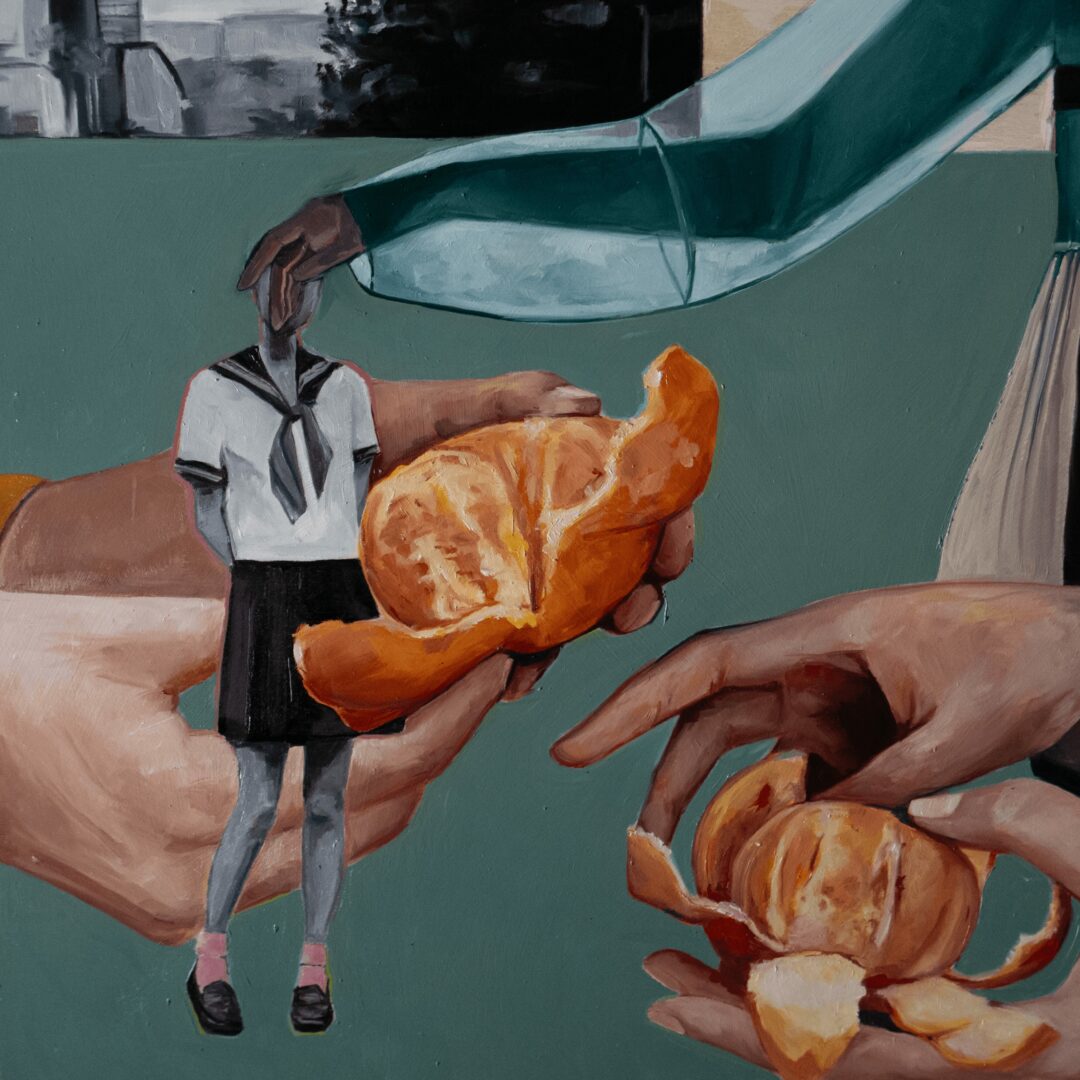
Do you think it’s better to go all in on our strengths or to try to be more well-rounded by investing effort on improving areas you aren’t as strong in?
I struggle with this balance every day. I believe in both sharpening strengths and working on weaknesses, but figuring out which to prioritize at any given moment is challenging. The only thing that has helped me navigate this is listening to how my body reacts.
There were many mornings in my early twenties when I didn’t want to wake up to knead and bake bread, talk to customers, or work the line at my part-time job. Afternoons in my mid-twenties when I was exhausted from teaching but still had a logo or commission to finish. Friday afternoons as a kid when I didn’t want to go to violin practice. Even now, I constantly question whether I should push myself to improve in areas where I struggle or double down on what comes naturally.
Now in my thirties, I’ve learned to pay attention to resentment. If I feel resentment building it is usually because I am abandoning myself somehow. If a challenge fuels me, even if it’s hard, it’s usually a sign that I’m growing in the right way. But when I feel a tightness in my chest or a swelling frustration, it’s often because I’m pouring energy into something that doesn’t align with who I am or what I value. That’s when I know it’s time to take a step back.
The real question I’ve started asking myself isn’t whether I should focus on strengths or weaknesses, but “Who am I doing this for?” Am I pushing myself to grow in a way that serves me? Or am I trying to meet expectations that don’t actually belong to me? Recognizing my own value has made it easier to step away from things that require me to abandon myself—and to lean fully into the challenges that help me become more of who I want to be.
Contact Info:
- Website: https://www.amiebantz.com
- Instagram: @amiebantz
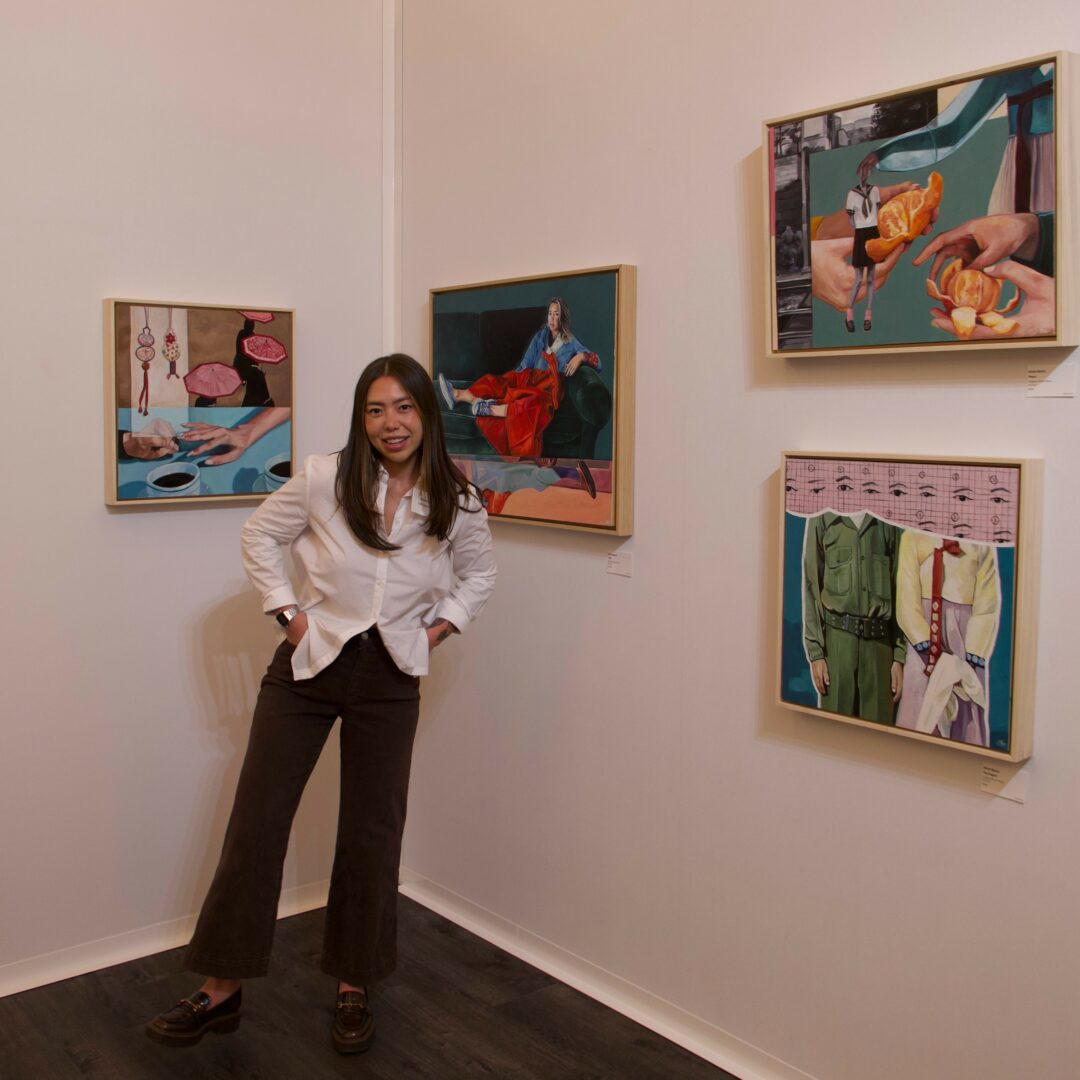
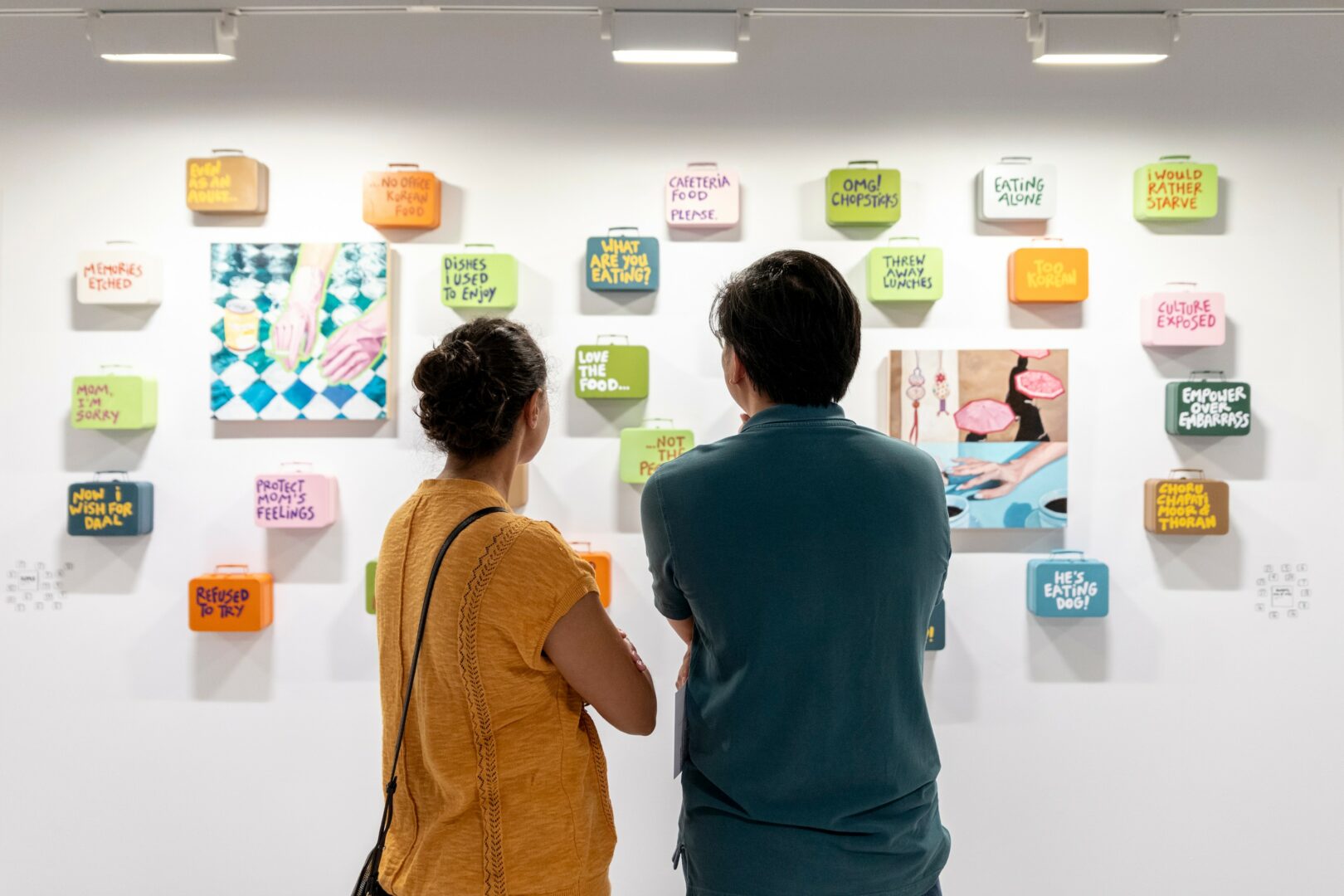
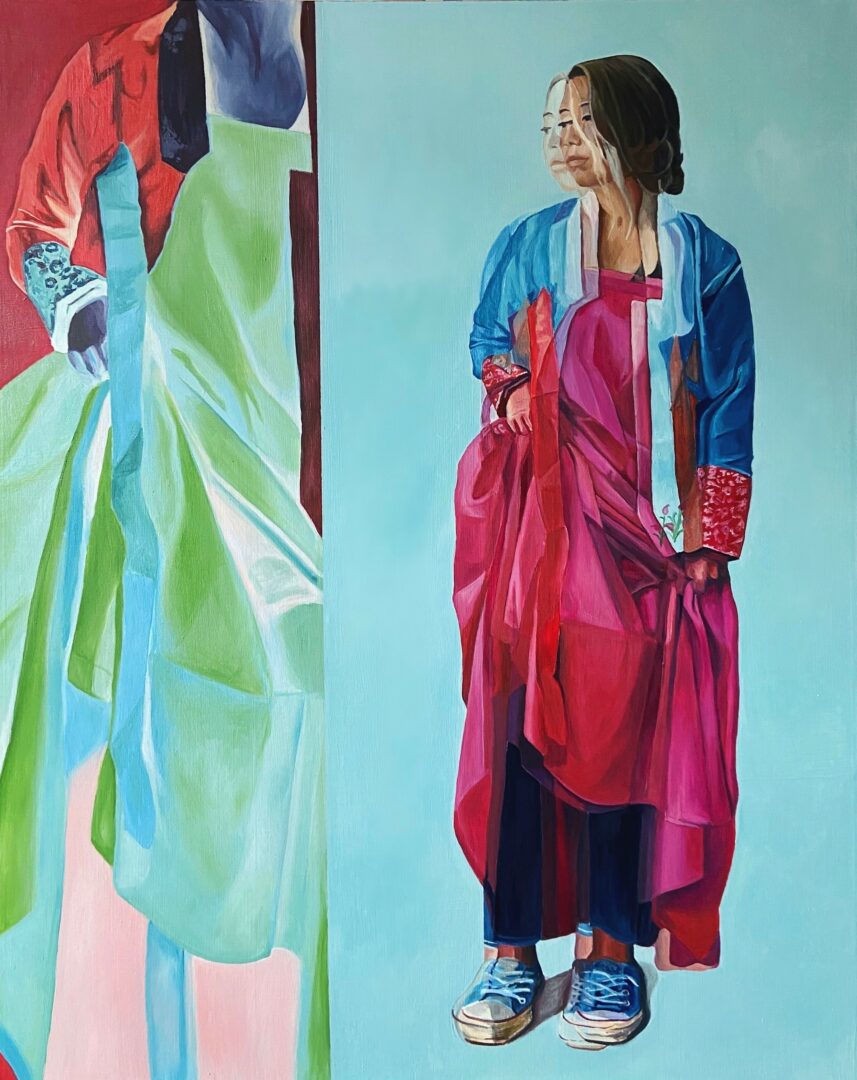
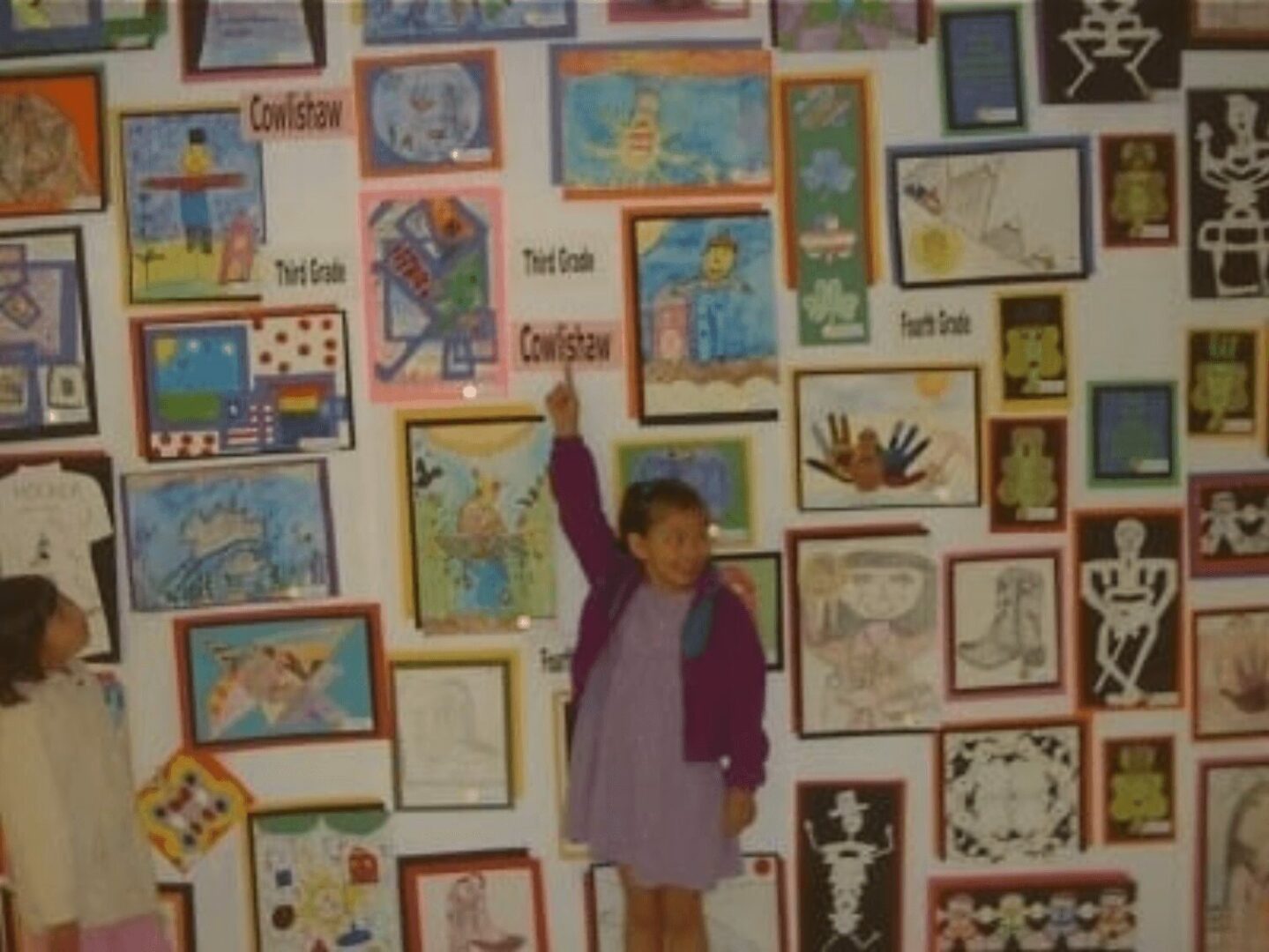
Image Credits
Sam Soliman
Mel Taing
so if you or someone you know deserves recognition please let us know here.

